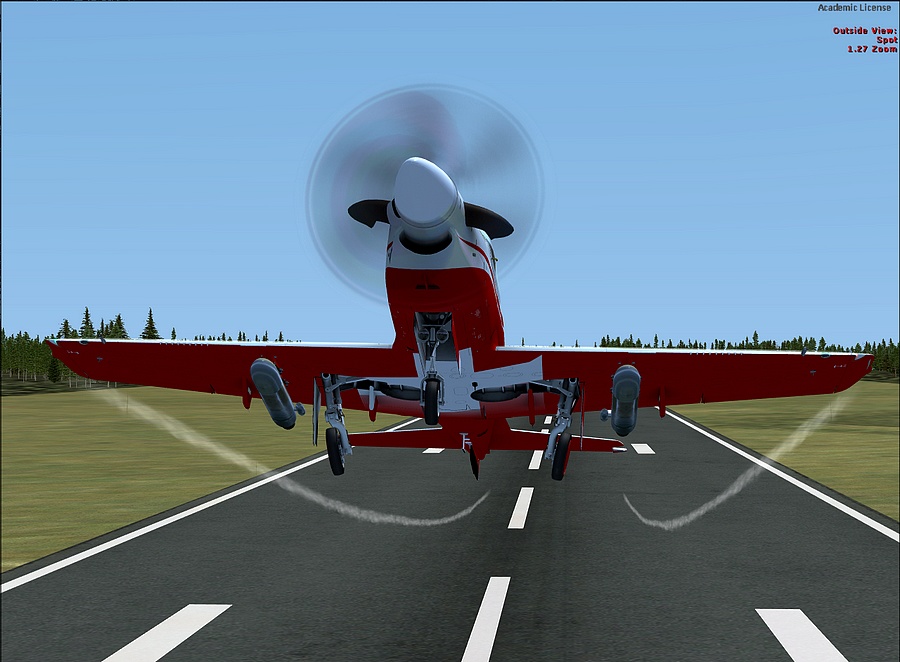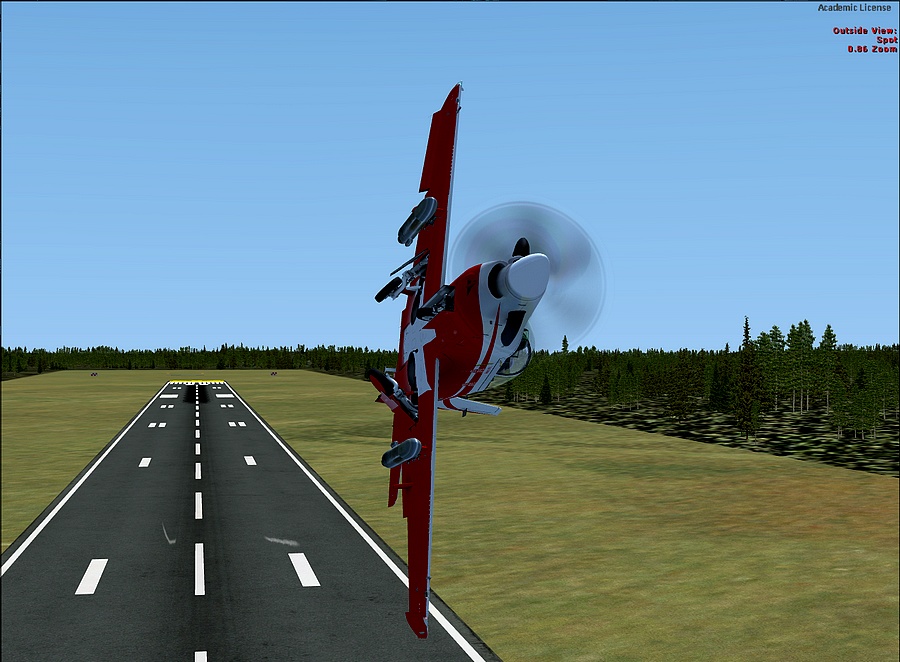McLeland Peter
Charter Member
I took some pictures of this very powerful aeroplane today:-

Yakutat take-off ...

...with a...

...retraction roll.
The other shots can be seen here:-
http://forum.mutleyshangar.com/index.php/topic/9810-iris-pilatus-pc-21/
Thanks for looking

Yakutat take-off ...

...with a...

...retraction roll.
The other shots can be seen here:-
http://forum.mutleyshangar.com/index.php/topic/9810-iris-pilatus-pc-21/
Thanks for looking
